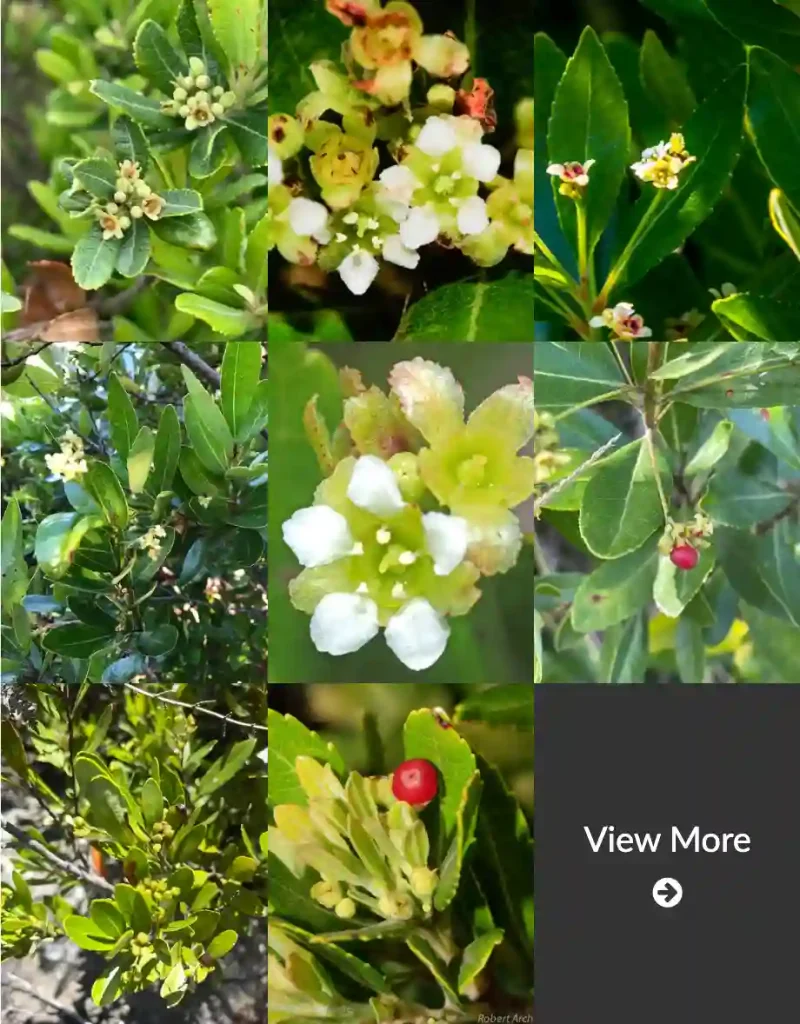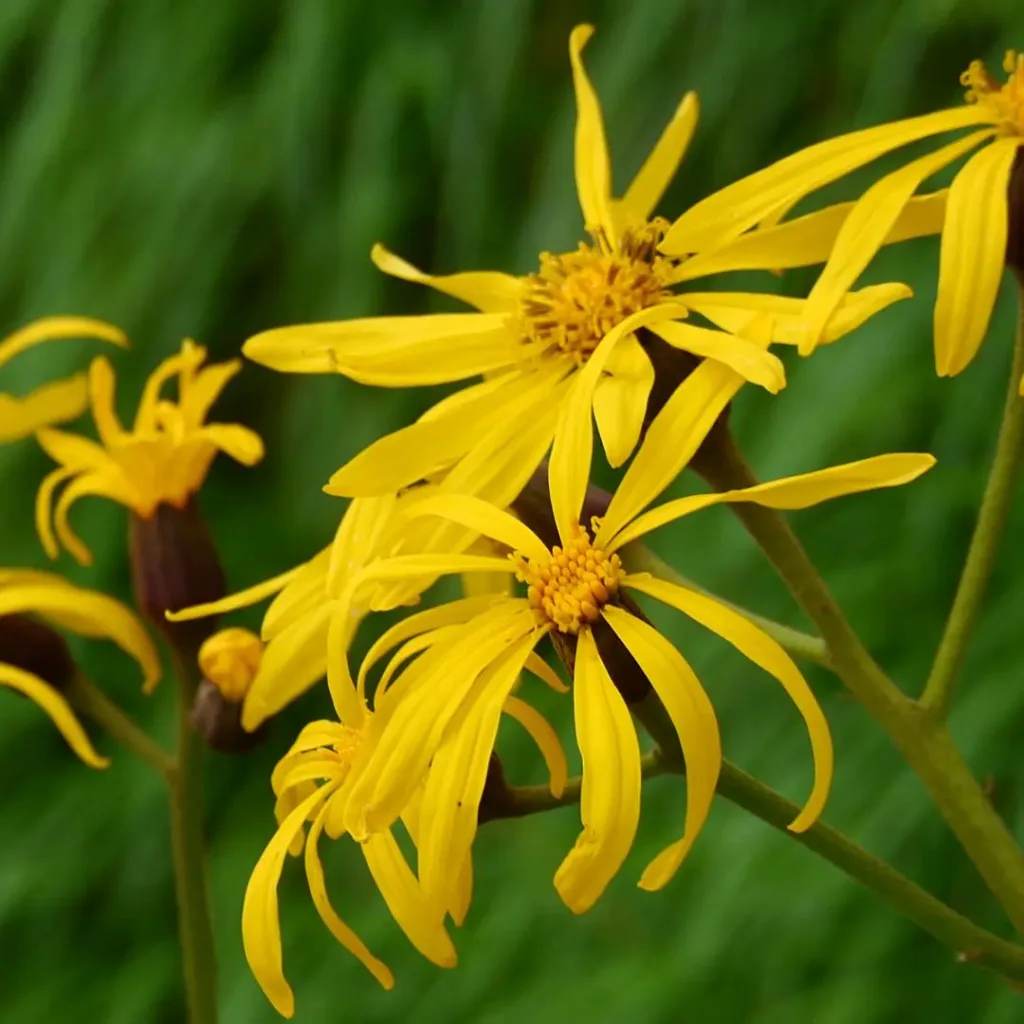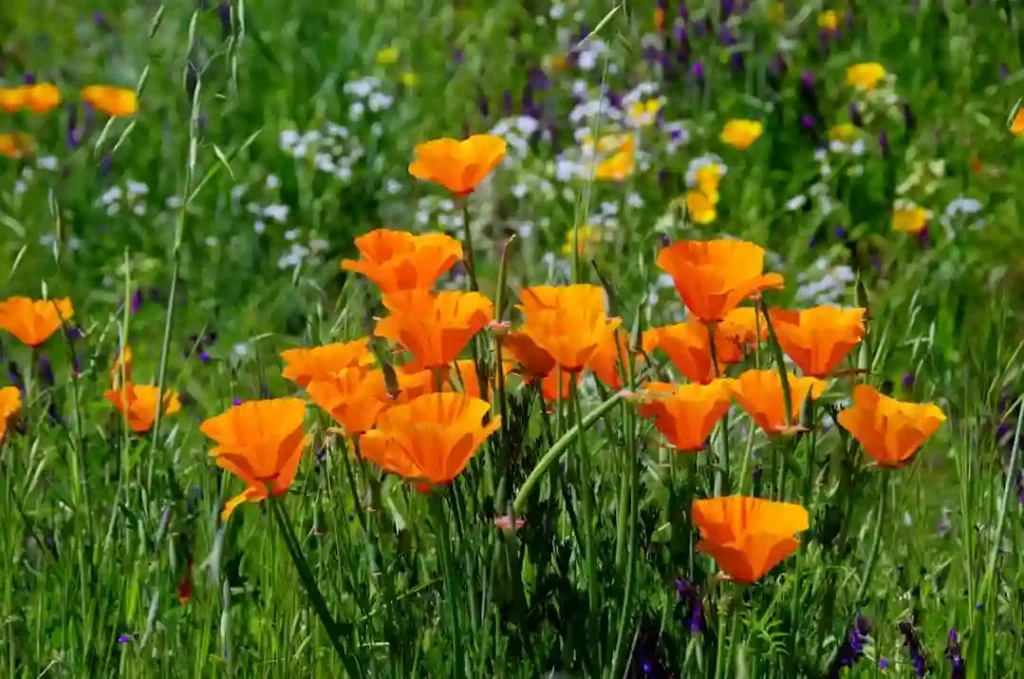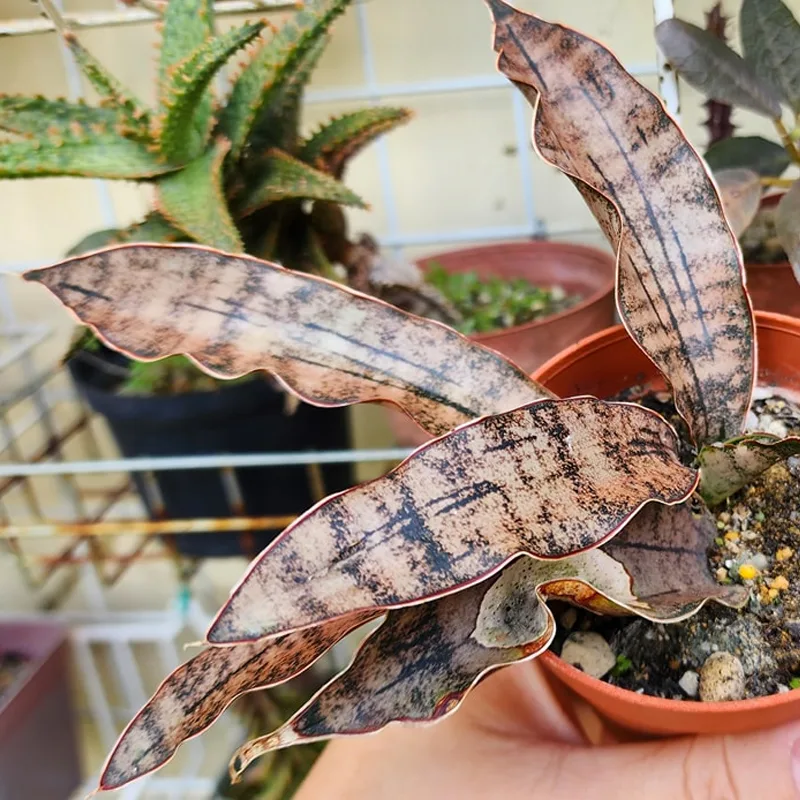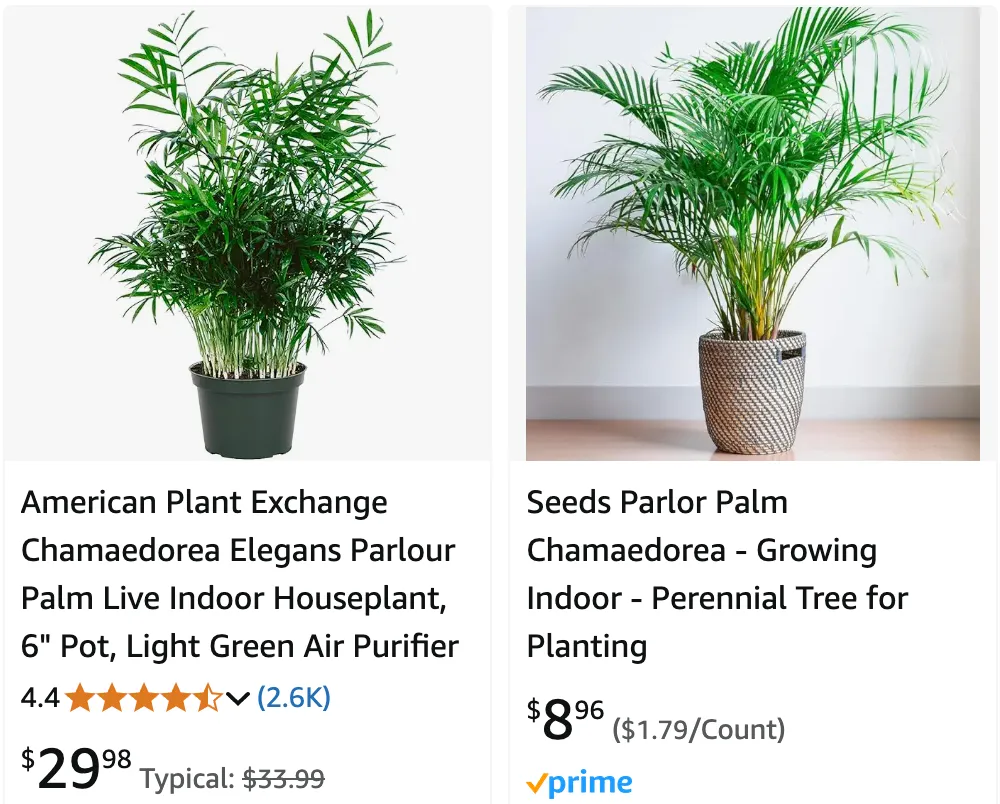
July 15 – Chamaedorea
"Chamaedorea, the parlor palm, defines July 15."
Chamaedorea symbolizes tranquility and poise. You bring peace to stressful situations, creating a sense of calm wherever you go. Like this indoor palm, you are graceful and comforting.
My Fascination with Chamaedorea Palms
As an avid plant enthusiast, I’ve always been drawn to the unique beauty and diversity of palms. Among my favorites is the genus Chamaedorea, a group of fascinating palms native to the subtropical and tropical regions of the Americas. These palms belong to the Arecaceae family, often referred to as “miniature palms” or “parlor palms,” have captivated me with their elegance and adaptability, making them ideal companions for both indoor and outdoor spaces.
Discovering the Diversity of Chamaedorea
My journey into the world of Chamaedorea began with a single Chamaedorea elegans, commonly known as the “Neanthe Bella Palm” or “Parlor Palm.” Its graceful fronds and compact size made it a perfect addition to my home. However, as I delved deeper into this genus, I discovered a treasure trove of over 100 species, each with its own distinct characteristics and charm.
From the slender, bamboo-like stems of Chamaedorea seifrizii to the vibrant red fruits of Chamaedorea ernesti-augusti, the diversity within this genus is truly remarkable. Some species, like Chamaedorea metallica, boast unique, metallic-hued leaves, while others, like Chamaedorea radicalis, exhibit a clustering growth habit, forming dense colonies.
A Closer Look at Some Notable Species
- Chamaedorea adscendens (Dammer) Burret
- Chamaedorea allenii L.H.Bailey
- Chamaedorea alternans H.Wendl.
- Chamaedorea amabilis H.Wendl. ex Dammer
- Chamaedorea anemophila Hodel
- Chamaedorea angustisecta Burret
- Chamaedorea arenbergiana H.Wendl.
- Chamaedorea atrovirens Mart.
- Chamaedorea benziei Hodel
- Chamaedorea binderi Hodel
- Chamaedorea brachyclada H.Wendl.
- Chamaedorea brachypoda Standl. & Steyerm.
- Chamaedorea carchensis Standl. & Steyerm.
- Chamaedorea castillo-montii Hodel
- Chamaedorea cataractarum Mart. Plant FAQs: Cat Palm – Chamaedorea Cataractarum
- Chamaedorea christinae Hodel
- Chamaedorea correae Hodel & N.W.Uhl
- Chamaedorea costaricana Oerst.
- Chamaedorea crucensis Hodel
- Chamaedorea dammeriana Burret
- Chamaedorea deckeriana (Klotzsch) Hemsl.
- Chamaedorea deneversiana Grayum & Hodel
- Chamaedorea elatior Mart.
- Chamaedorea elegans Mart. Plant FAQs: Chamaedorea Elegans – Parlor Palm
- Chamaedorea ernesti-augusti H.Wendl.
- Chamaedorea falcifera H.E.Moore
- Chamaedorea foveata Hodel
- Chamaedorea fractiflexa Hodel & Cast.Mont
- Chamaedorea fragrans (Ruiz & Pav.) Mart.
- Chamaedorea frondosa Hodel, Cast.Mont & Zúñiga
- Chamaedorea geonomiformis H.Wendl.
- Chamaedorea glaucifolia H.Wendl.
- Chamaedorea graminifolia H.Wendl.
- Chamaedorea guntheriana Hodel & N.W.Uhl
- Chamaedorea hodelii Grayum
- Chamaedorea hooperiana Hodel
- Chamaedorea ibarrae Hodel
- Chamaedorea incrustata Hodel, G.Herrera & Casc.
- Chamaedorea keelerorum Hodel & Cast.Mont
- Chamaedorea klotzschiana H.Wendl.
- Chamaedorea lehmannii Burret
- Chamaedorea liebmannii Mart.
- Chamaedorea linearis (Ruiz & Pav.) Mart.
- Chamaedorea lucidifrons L.H.Bailey
- Chamaedorea macrospadix Oerst.
- Chamaedorea matae Hodel
- Chamaedorea metallica O.F.Cook ex H.E.Moore
- Chamaedorea microphylla H.Wendl.
- Chamaedorea microspadix Burret
- Chamaedorea moliniana Hodel, Cast.Mont & Zúñiga
- Chamaedorea nationsiana Hodel & Cast.Mont
- Chamaedorea neurochlamys Burret
- Chamaedorea nubium Standl. & Steyerm.
- Chamaedorea oblongata Mart.
- Chamaedorea oreophila Mart.
- Chamaedorea pachecoana Standl. & Steyerm.
- Chamaedorea palmeriana Hodel & N.W.Uhl
- Chamaedorea parvifolia Burret
- Chamaedorea parvisecta Burret
- Chamaedorea pauciflora Mart.
- Chamaedorea pedunculata Hodel & N.W.Uhl
- Chamaedorea pinnatifrons (Jacq.) Oerst.
- Chamaedorea piscifolia Hodel, G.Herrera & Casc.
- Chamaedorea pittieri L.H.Bailey
- Chamaedorea plumosa Hodel
- Chamaedorea pochutlensis Liebm.
- Chamaedorea ponderosa Hodel
- Chamaedorea pumila H.Wendl. ex Dammer
- Chamaedorea pygmaea H.Wendl.
- Chamaedorea queroana Hodel
- Chamaedorea radicalis Mart.
- Chamaedorea recurvata Hodel
- Chamaedorea rhizomatosa Hodel
- Chamaedorea ricardoi R.Bernal, Galeano & Hodel
- Chamaedorea rigida H.Wendl. ex Dammer
- Chamaedorea robertii Hodel & N.W.Uhl
- Chamaedorea rojasiana Standl. & Steyerm.
- Chamaedorea rosibeliae Hodel, G.Herrera & Casc.
- Chamaedorea rossteniorum Hodel, G.Herrera & Casc.
- Chamaedorea sartorii Liebm.
- Chamaedorea scheryi L.H.Bailey
- Chamaedorea schiedeana Mart.
- Chamaedorea schippii Burret
- Chamaedorea seifrizii Burret Plant FAQs: Bamboo Palm – Chamaedorea Seifrizii
- Chamaedorea serpens Hodel
- Chamaedorea simplex Burret
- Chamaedorea skutchii Standl. & Steyerm.
- Chamaedorea smithii A.H.Gentry
- Chamaedorea stenocarpa Standl. & Steyerm.
- Chamaedorea stolonifera H.Wendl. ex Hook.f.
- Chamaedorea stricta Standl. & Steyerm.
- Chamaedorea subjectifolia Hodel
- Chamaedorea tacanensis Pérez-Farr., Vill.-Mor. & Hodel
- Chamaedorea tenerrima Burret
- Chamaedorea tepejilote Liebm.
- Chamaedorea tuerckheimii (Dammer) Burret
- Chamaedorea undulatifolia Hodel & N.W.Uhl
- Chamaedorea vanninii Cascante & Fred Mull.
- Chamaedorea verapazensis Hodel & Cast.Mont
- Chamaedorea verecunda Grayum & Hodel
- Chamaedorea volcanensis Hodel & Cast.Mont
- Chamaedorea vulgata Standl. & Steyerm.
- Chamaedorea warscewiczii H.Wendl.
- Chamaedorea whitelockiana Hodel & N.W.Uhl
- Chamaedorea woodsoniana L.H.Bailey
- Chamaedorea zamorae Hodel
The Allure of Chamaedorea
What draws me to Chamaedorea palms is their ability to bring a touch of the tropics into any environment. Their graceful forms and lush foliage evoke a sense of tranquility and serenity, transforming any space into a personal oasis.
Moreover, Chamaedorea palms are relatively easy to care for, making them suitable for even novice plant enthusiasts. They thrive in well-draining soil and prefer bright, indirect light. With regular watering and occasional fertilization, these palms can flourish for years, bringing lasting beauty to their surroundings.
Chamaedorea in the Wild and in Cultivation
In their natural habitat, Chamaedorea palms play a crucial role in the rainforest ecosystem. They provide shelter and food for various animals, including birds, insects, and mammals. Their fruits are an important food source for many species, contributing to the biodiversity of these vital ecosystems.
In cultivation, Chamaedorea palms are valued for their ornamental beauty and adaptability. They are widely used in landscaping, adding a touch of tropical elegance to gardens, patios, and balconies. Their compact size and tolerance for low light conditions also make them ideal for indoor cultivation, bringing a touch of nature into homes and offices.
Conservation Efforts
Despite their popularity, some Chamaedorea species are facing threats in their natural habitats due to deforestation and habitat loss. Conservation efforts are crucial to protect these valuable palms and ensure their survival for future generations.
Organizations like the International Palm Society are dedicated to the study and conservation of palms, including Chamaedorea. Their efforts focus on raising awareness about the importance of palm conservation and supporting research initiatives to protect these vital plants.
My Continued Exploration
As I continue to explore the world of Chamaedorea, I am constantly amazed by the diversity and beauty of these palms. Each new species I encounter adds to my appreciation for this fascinating genus.
I am committed to learning more about Chamaedorea palms, their cultivation, and their role in the ecosystem. I believe that by understanding and appreciating these remarkable plants, we can contribute to their conservation and ensure their continued presence in our world.
If i die, water my plants!
